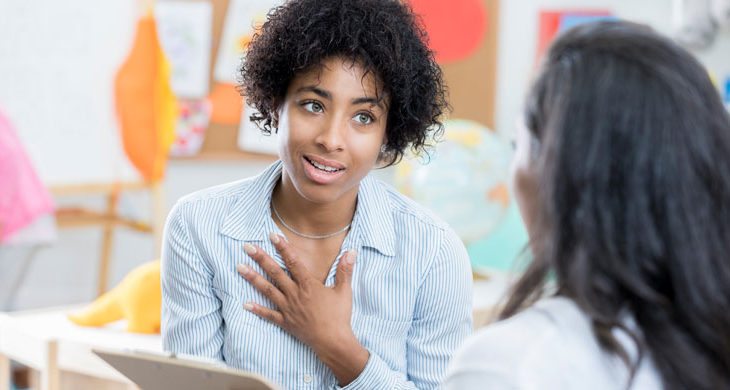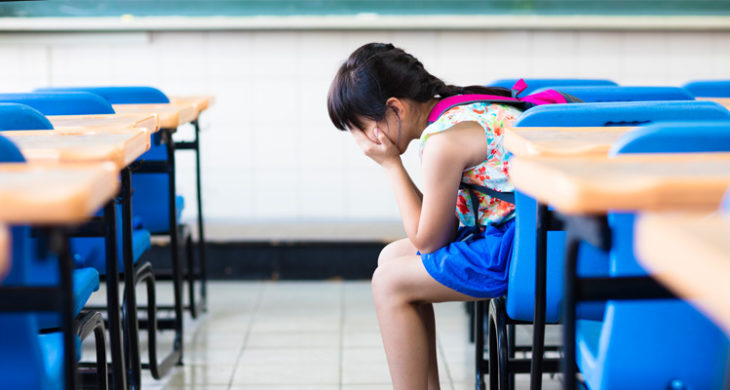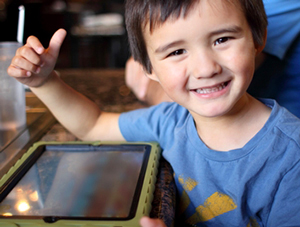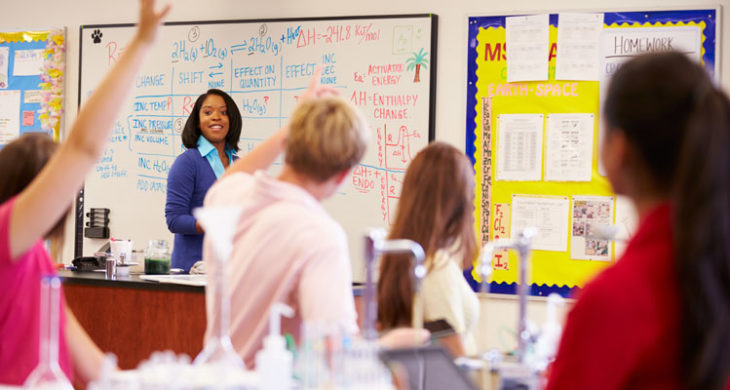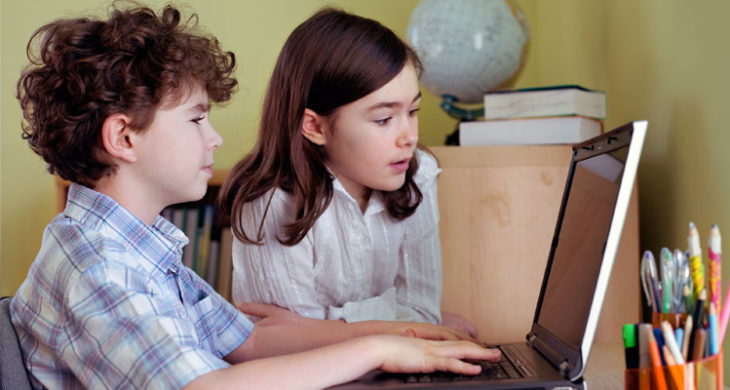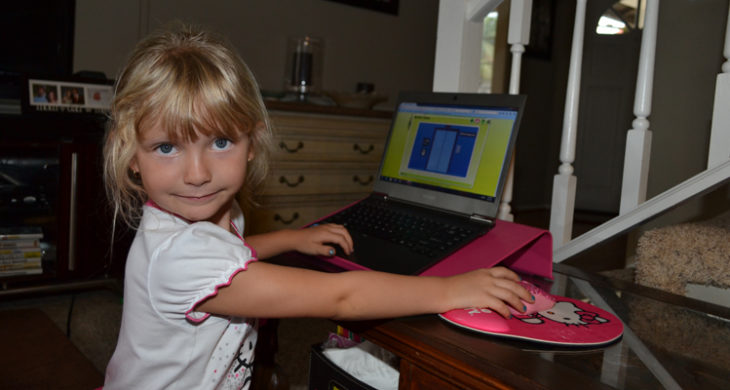Ever since smartphones and other digital devices became so pervasive in the U.S., kids have been active users of digital media. In fact, according to a Common Sense Media study, teens spend nearly nine hours looking at content on digital media.
But despite the amount of time kids may spend using their digital devices, many have not been taught how to properly digest and discern the information they are seeing online. In our technologically advanced world, people decode media messages each day—but some have yet to put a name to that concept or learn how to do so effectively.
Education must shift to accommodate modern students. Unfortunately, many schools still teach the same subjects with the same methods. Emphasizing media literacy, on the other hand, can transform how learners view education for the better.
What Is Media Literacy?
Media literacy is the ability to analyze and produce media in all forms, including books, TV, and the internet. It teaches kids to think critically about the messages they see and decide what’s valuable. When kids are knowledgeable about things they see each day, they can decode the underlying meanings of specific messages. An understanding of media and how it influences you promotes informed behavior.
It’s crucial to discern the truth in a world where media comes at you from every angle. Many adults struggle to decipher fact from fiction, and as scams grow more advanced, finding honesty becomes difficult. Teaching kids how to identify fake from real equips their growing minds with the tools needed to navigate a complex landscape.
Children are encountering media at younger ages, and it’s up to parents and educators to teach them how to interact with the world. A study of Korean toddlers revealed that 39.3 percent watch TV every day, while 31.3 percent began using smartphones before 24 months. The brain’s neuroplasticity is adaptable at virtually all ages, but young children are especially vulnerable to new information. What they see as kids influences behavior, self-image, and thought patterns as adults.
Effects on Learning
Terry McAuliffe, former governor of Virginia, made media literacy prominent in schools by creating technology and media opportunities. McAuliffe instituted cybersecurity camps for high school students to raise awareness. Applying media literacy to this discipline encourages learners to decipher the truthfulness of web advertisements and recognize when biased organizations sponsor news articles.
One of McAuliffe’s many goals was to produce informed, involved learners and funnel students into highly skilled technical jobs. He also created an initiative to graduate 50,000 students each year from STEM-H programs—these include science, technology, engineering, math, and health.
The state reached this objective in 2017, with 50,361 credentials awarded. Due to his efforts, Virginia now has the most cyber companies in the U.S., providing ample opportunities for students to display their talents. In addition, Virginia was the first state to integrate computer science and computational thinking standards in its K–12 curriculum.
One organization, Media Power in Youth, created educational advancements in New Hampshire with evidence-based programs proven to succeed. The Center on Media and Child Health uses its platform to educate kids on healthy media consumption and provide them with tips for better health. Their online communities helped chronically ill children connect and learn from each other through a trustworthy, transparent source.
Implementation in Schools
Many schools have embraced media literacy in a variety of creative ways. A Nashville, Tennessee, elementary school allows children to write news articles, interview teachers, and hold press conferences as a part of their program. An educator in Wichita, Kansas, uses Skype to connect students with scientists and researchers across the world, giving them primary sources for information. Other teachers encourage students to follow and interact with news-based social media accounts to recognize patterns of bias.
Bring the trend to your child’s education by providing students with reliable news sources, allowing them to create media and decode common advertisements. Multimedia creation can range from a standard PowerPoint presentation to a full-length music video. Many methods work effectively, if they encourage informed media interaction and message creation.
A straightforward and attention-grabbing example of a media literacy lesson is showing learners the reality of food photography. Even adults are shocked to learn their favorite restaurant commercials aren’t what they seem. Teach students to notice signs of Photoshop editing in news photos, and give information on standard filmmaking tricks. In some cases, it’s better to avoid declaring media techniques as inherently right or wrong—let students think critically and come to their own conclusions first.
Building a World of Informed Learners
Education is the core of the world. It primes young minds for growth and creates an impact that reverberates across nations. Encouraging media literacy increases students’ willingness to learn and apply new concepts. We can all benefit from producing a generation of informed learners.
,




